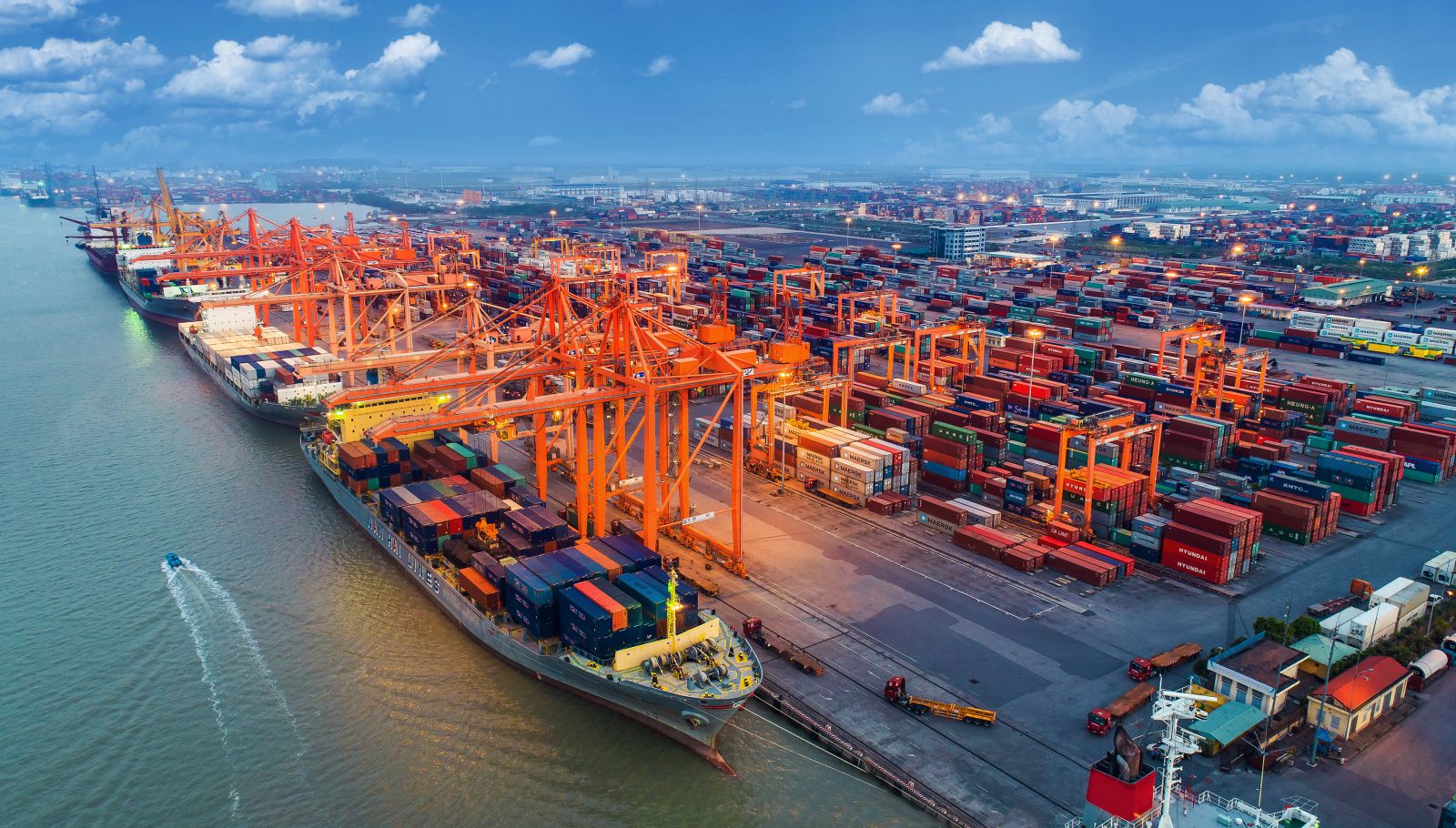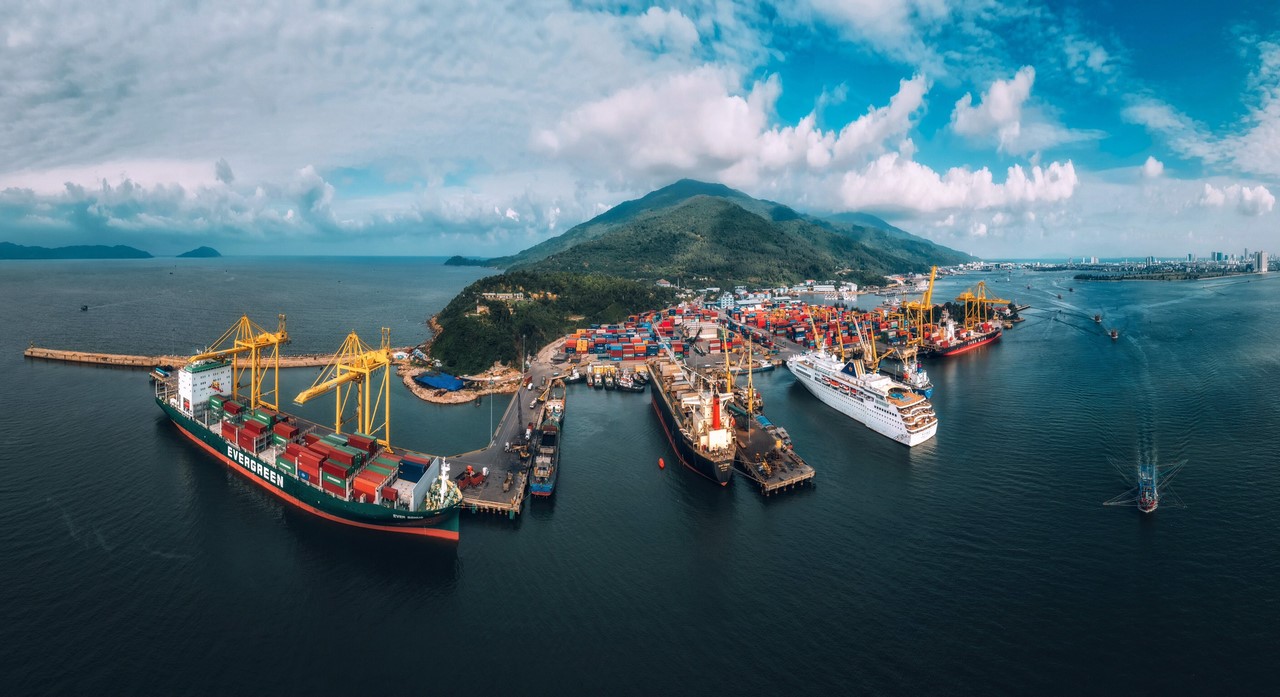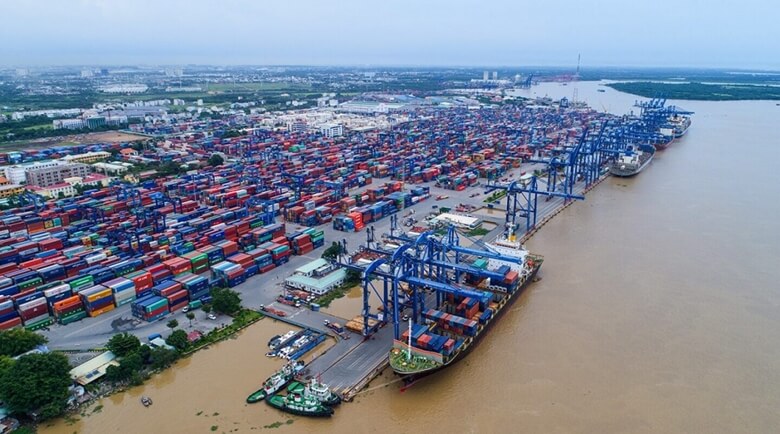Vietnam is one of the most densely populated countries of South East Asia, with an estimated population of 96 million. Vietnam is bordered by China, and Laos & Cambodia in the North and West respectively.
Vietnam shares a border with Thailand through the Gulf of Thailand. Major maritime commercial activities in Vietnam are carried out through the South China Sea in the East and South.
The Chinese intervention in the medieval era and then the French colonisation in the late 18th Century resulted in a war-torn Vietnamese economy for several decades.
The French tried to reclaim their position in Vietnam during the Indochina War and were defeated in their campaign.
Later on, the country was again divided into two factions, supported by China and the Soviet Union in the North and the United States in the South, which again saw the country going through wartime for many years.
In the 20th Century, Vietnam has emerged as one of the largest developing economies in South East Asia. The country is heavily dependent on agriculture and agricultural products, although the latest reformative policies introduced by the Government is boosting import and export as well. Central Vietnam has bauxite reserves that are used for aluminium production.
Goldman Sachs predicted in December 2005 that by 2025, Vietnam will be the 21st largest economy in the world. The GDP of the country in 2020 reached an all-time high of $271.16 Billion, with an average GDP of $84.67 Billion between 1985 and 2020. Despite being a low-middle income country, Vietnam is progressing steadily on the international trade front.
Port infrastructure in Vietnam
Vietnam has a coastline of 3,444 km (total combined length), and several ports lining the coastline. The major expanse of the coast in the South China Sea makes Vietnam a very significant trade point for both the West and the East.
Focus on shifting a large volume of freight from China and Singapore to Vietnam has boosted the development of port infrastructure in the region.
Supply chain shifts triggered by the US-China trade war in late 2018 has led foreign investors to look at Vietnam as a viable option for setting up manufacturing units as well as for export and import activities.
The total number of ports in Vietnam, including several small ports goes up to 320. There are only a few major commercial ports in the country that can handle heavy traffic efficiently.
Smaller ports serve as nodes for the trans-shipment of goods, while the larger ports are being upgraded continuously for foreign trade. Vietnam currently stands at the 80th position in quality of port infrastructure rankings, among 130 nations.
The Vietnamese government is focusing on efforts to double the amount of cargo handling capacity from 200 million MT of cargo to 400 million MT by the year 2030.
There are mainly three zones of flourishing economic activities in the country, and these zones have different ports and their functionality as well. The economic zones are divided into North, Central and Southern Vietnam.
Major Ports of Vietnam
Vietnam has a large number of small ports, but these do not have the infrastructure to handle international freight. The Vietnam Port Association data reveals that nearly 80% of container ships pass through these smaller ports, due to their proximity to trade centres. With an underdeveloped railroad network, it is difficult to route cargo through the land to the major ports of Vietnam and takes a lot of time and effort.
Although the Vietnamese Government has stepped up their efforts to improve the deep-water port infrastructure, there are still losses worth USD 2.4 Billion reported annually due to the lack of deep-water ports.
Some of the major commercial ports of Vietnam are:
1. Hai Phong Port: VNHPH

The Hai Phong port is one of the largest and most important seaports of Northern Vietnam. Although it was built by French colonizers in the late 18th Century, it has been upgraded for improving traffic in recent years. It is also one of the most modern seaports in South East Asia, with advanced navigation and networking facilities.
Hai Phong city is located close to the Red River Delta which is a strategic point for trade as well as international affairs. The close proximity to the China border, and excellent connectivity with major northern cities of Ho Chi Minh City, Can Tho and Da Nang makes this city a busy commercial hub.
Hai Phong city boasts of railway, roadways, airways, inland waterway and maritime connectivity. The Hai Phong seaport, has a capacity of receiving and storing 10 million MT of cargo annually. The largest and smallest vessels that can enter are 40,000 DWT and 700 DWT respectively. The average channel depth of the Hai Phong Port is 8.5 metres, and a total wharf length of 3567 metres.
2. Da Nang Port: VNDAD

The Da Nang port is one of the largest ports in Central Vietnam. It is a connecting node between South Vietnam and North Vietnam, with a total coverage area of nearly 300,000 square metres.
The port has three berth areas, namely Tien Sa-Son Tra, Tho Quang and Lien Chieu. The maximum size of the vessel that can be accommodated in the port is 45,000 DWT, while port infrastructure is being improved to increase that capacity up to 50,000 DWT. It is a medium-size, deep water port and is strategic for maritime trade in the South China Sea.
The west bank of the D Nang port is dedicated to the Vietnamese Navy, while commercial vessels make land near the eastern bank. The whole Da Nang port is a natural harbour, with a channel depth of up to 13 metres at the mouth of river Han Giang, and houses an oil depot as well which is connected to the Bay through an oil pipeline.
The channel depth at the Da Nang port ranges from 10 to 17 metres which makes it ideal for all types of container ships, bulk carriers and liquid carriers as well. The port has a warehouse of 29,000 square metres and an open storage yard of 184,000 square metres. The port connects Central Vietnam to Thailand, Laos and Singapore through maritime ship routes and trading channels.
3. Saigon Port: VNSGN

Saigon is the old name of Ho Chi Minh City, which is the largest city in Vietnam, and also the most important trade centre in the country as well. The Ho Chi Minh City surrounds the Saigon River, which opens up in the South China Sea 20km northeast of the Mekong Delta.
The port is managed and operated by the Saigon Newport Company, which is a Government of Vietnam undertaking. It was opened for international trade by the French colonizers in 1860, and since then has been serving the country on the maritime trade front.
The port is the important nodal point for the Mekong Delta and the southeast region of Vietnam. Ho Chi Minh City is the largest industrial hub of Vietnam with prominent activities being shipbuilding, chemical manufacturing, seafood processing, agriculture and construction.
The Saigon Port is a deepwater seaport with channel depth ranging from 8.5 metres to 9.1 metres at different terminals. There are a number of terminals at the Saigon port that serve different purposes. For instance, the Cai Mep terminal is one of the most favoured ports by Australian and US freight liners due to its deepwater capabilities, while the Cat Lai, despite being the most modern container terminal, handles only Asian routes due to the low channel depth.
The Saigon old port has a total area of 500,000 square metres, while the new port is 452,700 square metres. The maximum vessel capability of the old port is 50,000 DWT while the new port can handle vessels up to 30,790 DWT.
4. Vung Tau Port: VNVUT

Vung Tau city is located on the face of the entrance of Saigon river in Ba-Ria Vung Tau province. The Vung Tau port is located on the southeast coastline of Vietnam. The port is a part of a cluster of multiple ports that majorly serve as the oil and gas trading hub of Vietnam. Vung Tau, along with Ho Chi Minh City is a major international entrance point of the country.
The Vung Tau port has a total length of 14km and an average channel depth of 4.5 metres. The maximum vessel size that can be accommodated in the port is 8000 GRT (gross register tonnage). The port has a warehouse of 12,000 square metres and cool storage of 950 MT for seafood transhipment goods. The shipyard in the Vung Tau port has electrical repairing facilities, general ship maintenance, and advanced telecommunication and navigation systems.
The Vung Tau port is being expanded for handling passenger traffic as well. The port cluster is a major trading hub for south and southeast Vietnam, and close proximity to Thailand and Malaysia makes it strategically significant as well.
5. Quang Ninh Port: VNQNH

Quang Ninh port is a very important part in the exclusive economic zone of Northern Vietnam. It is the second most significant port after Hai Phong. Major freight liners and transhipping container ships pass through Quang Ninh regularly.
The Quang Ninh province produces almost 90% of the anthracite coal in the country. Besides coal, the region has rich reserves of limestone, clay, granite, and oil. The province is being developed into a commercial and industrial hub of North Vietnam. It is well connected through roadways, railways and maritime routes to the rest of Vietnam.
The Quang Ninh port has a total length of 36km with a channel depth of 10 to 20 metres at different positions. The total storage facility at the Quang Ninh port has a storage area of 154,700 square metres, a warehouse of 12,700 square metres and a container yard of 142,000 square metres. The Cai Lan port of the Quang Ninh cluster is the deepest and the largest seaport in North Vietnam and is under development to handle nearly 10 million MT of cargo annually.
Conclusion
Vietnam is one of the fastest-growing economies in the ASEAN region. With a large number of smaller ports, it is difficult to concentrate traffic on larger, more efficient ports in the country. Smaller ports account for nearly 80% of the total maritime freight traffic, as there are many locations along the coastline where large cargo ships cannot reach easily. With extensive river basin systems, the transportation of goods as well as services is highly dependent on these smaller ports.
Foreign investors from countries like Japan and Denmark are looking at expansion and development opportunities in this coastal nation. The Government’s major emphasis is on the simultaneous development of deep-sea ports as well as inland waterways. With the supply chain and logistics shift from China in recent times, manufacturers are eyeing the opportunity to create footprints in the resource-rich region. Thus, it has become all the more important for Vietnam to closely monitor the progress of its ports.
Source: Marine insight


